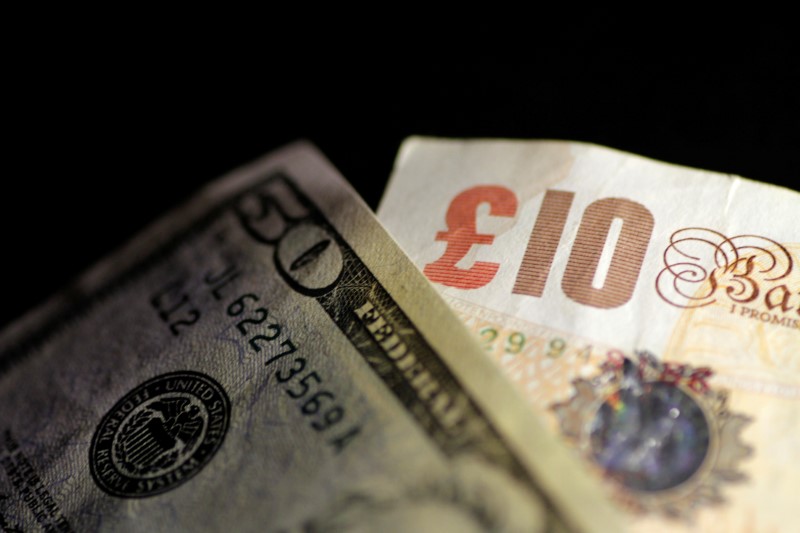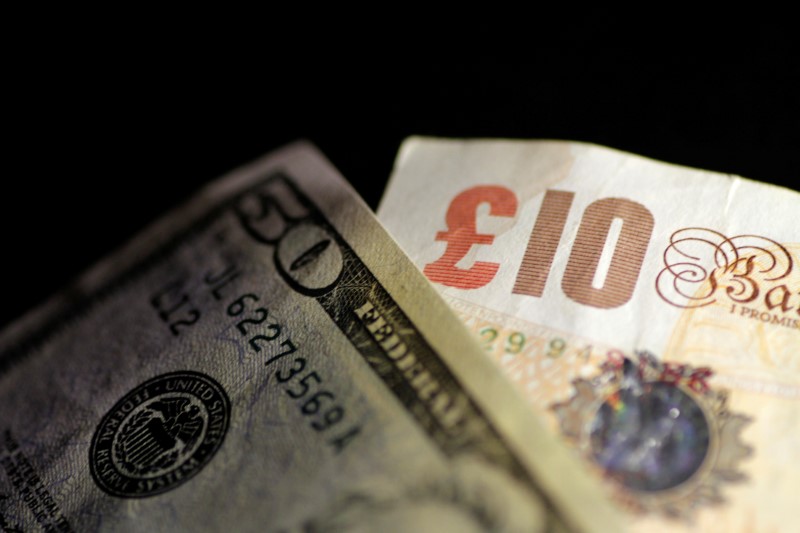
© Reuters.
Investing.com – The US dollar rose in early European trading on Friday, as more aggressive monetary tightening by a number of central banks, including the Bank of England, sparked a bout of risk aversion.
As of 0200 ET (0600 GMT), the , which tracks the dollar against a basket of six other currencies, was trading 0.3% higher at 102.280, just above its recent one-month low.
The pound sterling suffers after a sharp rise in the BOE
it fell 0.3% to 1.2706, struggling to have briefly jumped in the wake of Thursday’s rate hike of 50 basis points to a near-year high.
“Sterling initially jumped into the larger-than-expected rate hike only to pull back again, presumably on the view that the BoE is ready to engineer a stronger slowdown to rein in inflation. One could argue that as a growth sensitive currency this is all bad news for the pound,” ING analysts said in a note.
While higher interest rates tend to support currencies, the risk of them triggering a UK recession has weighed on the pound and prompted some investors to seek safe havens such as the US dollar.
Evidence of the economic slowdown came from UK data, released on Friday, which showed sales fell 2.1% in May on an annual basis.
Powell signals more rate hikes, again
The Federal Reserve chairman reiterated his view that the US could rise at least twice as much this year to contain high inflation, as he completed his two-day testimony before Congress.
“We don’t want to do more than we have to,” Powell said at a hearing before the Senate Banking Committee on Thursday. do them at a rate that allows us to see the incoming information.
Additionally, on Thursday and both also raised interest rates by 25bp and 50bp respectively, also indicating further tightening is likely.
Euro slips ahead of PMIs
it fell 0.3% to 1.0930, ahead of the release of the region’s surveys.
A weakening in activity is largely expected, but strong numbers may also weigh on the euro, as they would suggest higher rates ahead in a region that slipped into recession in the first quarter of the year.
Elsewhere, the risk-sensitive index fell 0.9% to 0.6694, while it rose 0.2% to 143.37, despite jumping to a 42-year high in Japan in March. May, indicating that core Japanese inflation remained hot.



Be First to Comment